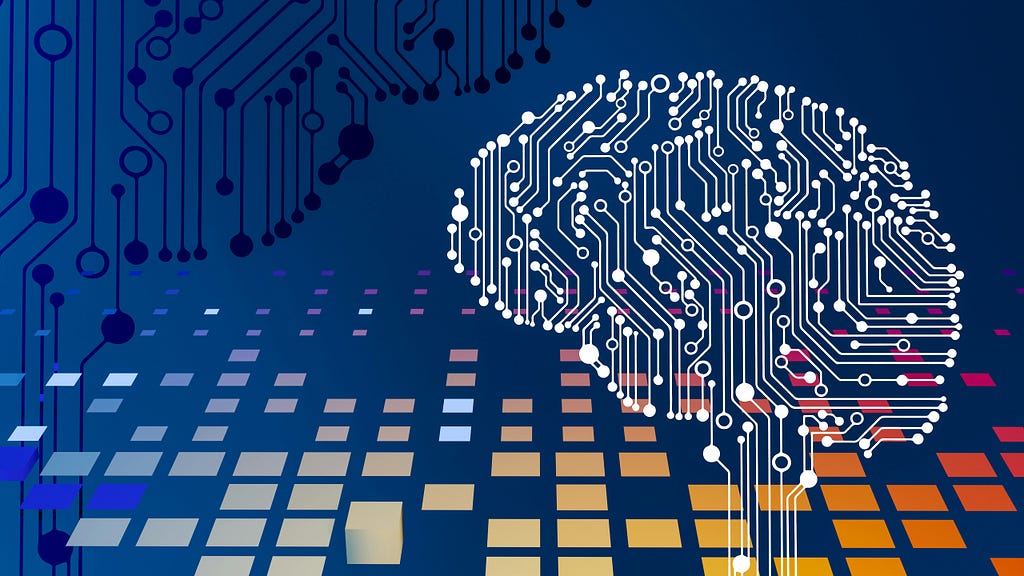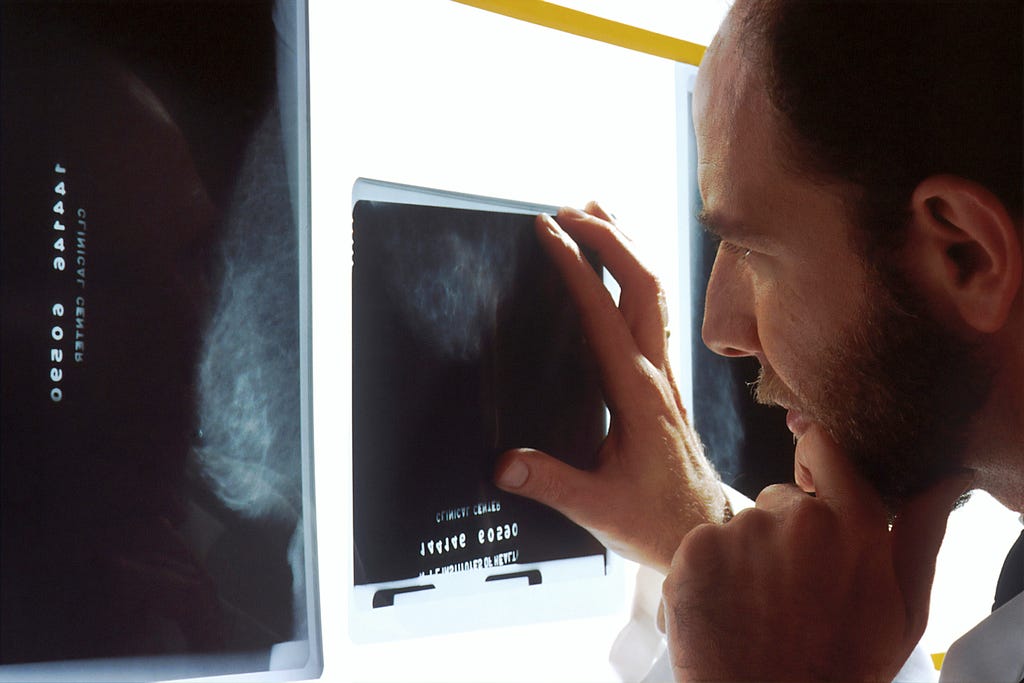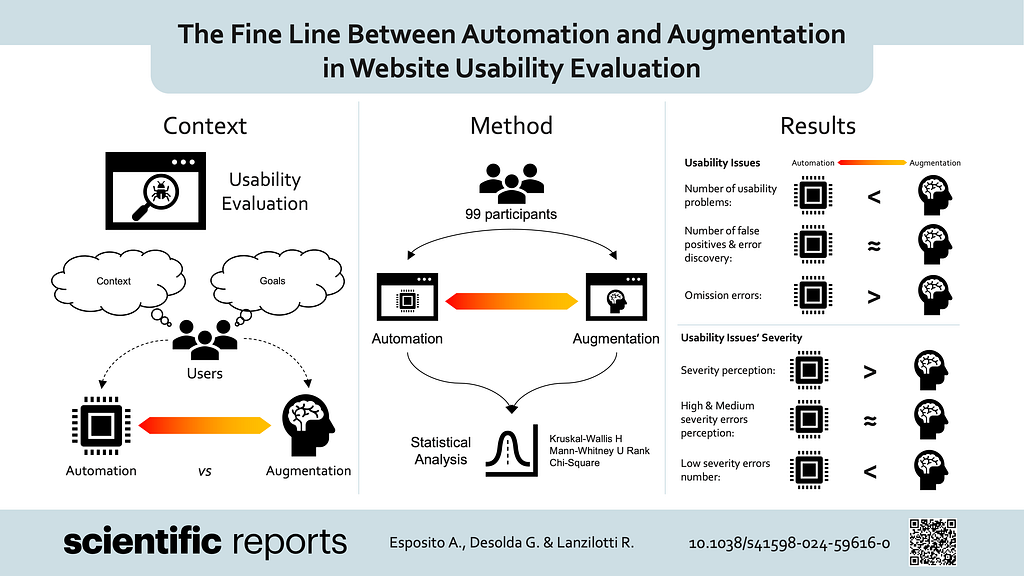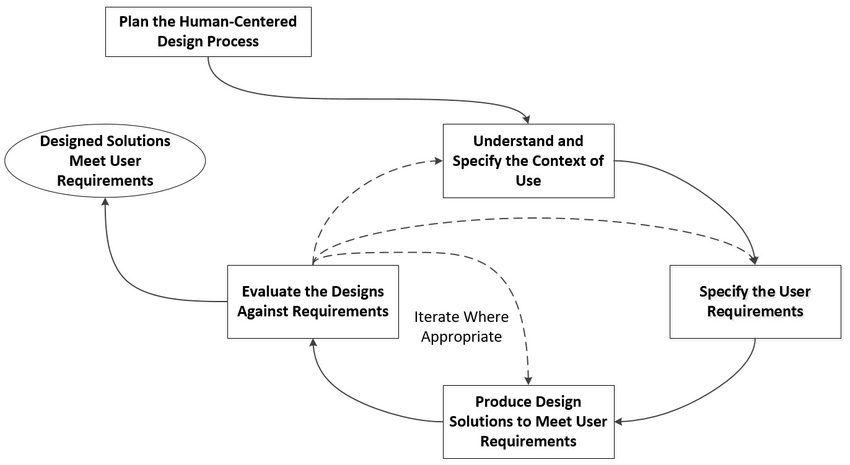Is automation really the best use of AI?

Human-Centred AI
Research shows it isn’t… but it depends on users’ goals.

Artificial Intelligence (AI) has somewhat become an integral part of our daily lives. From the moment we wake up to when we go to bed, the chances of crossing AI are high. AI is everywhere, almost becoming a buzzword. From AI-powered virtual assistants (like Amazon’s Alexa, Google Assistant, and Apple’s Siri), helping us manage our schedules or control smart home devices, up to AI-enabled cars, as modern vehicles are equipped with AI for navigation and other driver-assistance systems. Even in day-to-day life, we interface with AI: think about recommender systems on your favourite streaming platforms or even just the text prediction of your smartphone’s keyboard.

What do all of these systems have in common?
Most AI systems follow a simple trend: they are designed with the goal of automating as many tasks as possible. This automation aims to increase efficiency, reduce human error, and save time for more complex and creative activities. However, this approach often raises questions about its effectiveness and the broader implications (like deskilling or job displacement).
But one question arises: is automation really the best way we can use AI?

Recent research aimed to explore this question, analysing AI’s effectiveness in applications beyond simple automation. This study provides insights into how AI can be leveraged to enhance human capabilities rather than replace human effort. The results show that the choice ultimately depends on what users want to do with AI: we should remember that we’re humans designing AI for humans, so humans are the ones who know what they’ll be using it for!
The Research
In the study conducted by the Interaction, Visualization, Usability & UX Laboratory of the University of Bari, 99 participants were recruited to understand how their perception and performance varied while using AI. Three different strategies were explored: pure automation, pure augmentation (a strategy in which humans have all control), and a middle-ground solution.

The study was conducted in the context of user experience and usability evaluation. Using an AI system that is able to detect users’ emotions starting from the way they use their mouse, the AI system associates “negative” emotions with usability and user experience problems (a designer should then solve them).
The results show that users perceive its output completely differently by varying how AI is designed. For instance, when using an AI designed following the “automation” approach, users could grasp the severity of the identified issues quickly, but they identified fewer issues overall. On the contrary, while using the “augmentation” approach, users were able to detect more issues. Thus, they were more “powerful”, but their severity perception was not as good. The middle-ground solution was similar to the augmentation solution, suggesting that it could be able to provide “the best of both worlds.”
Key Takeaways

As already discussed, humans are the ones for which AI systems are built. We should not forget that. Thus, following a “human-centred” approach to AI design is important. We should ask our users: “What will you do with this AI?” Their answer should then drive the design, tipping the scale towards “automation” or “augmentation” approaches.
As with all research, it should be noted that we do not know if the results provided are easily generalizable. Only future research will confirm or disband this. However, there are decades of research on “classical” software (without AI), and a human-centred approach is always needed. Just search for “human-centred design” on Google or Google Scholar, if you want proof.
Thus, one can easily conclude that following this approach is a safe bet. And a bet that doesn’t really cost that much: how difficult is it to ask a sample of your user, “What do you really need?”
<hr><p>Is automation really the best use of AI? was originally published in AI Advances on Medium, where people are continuing the conversation by highlighting and responding to this story.</p>